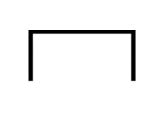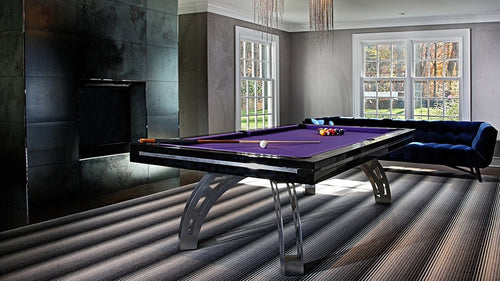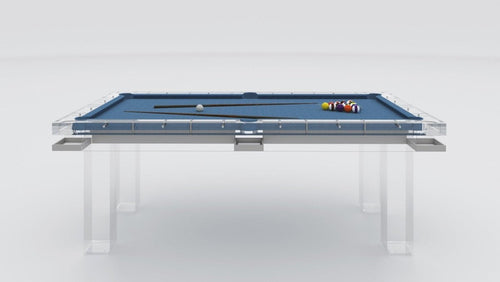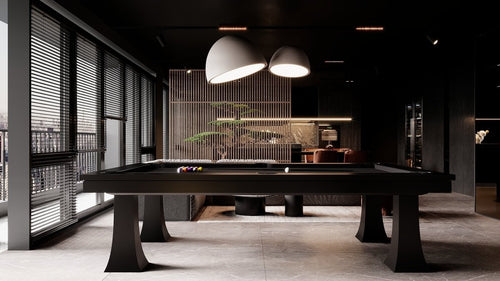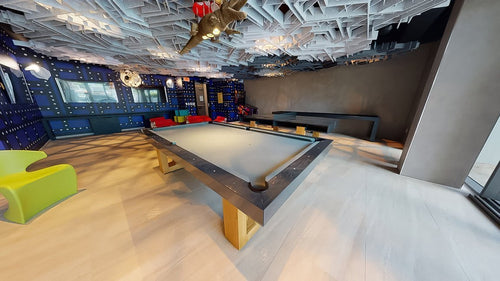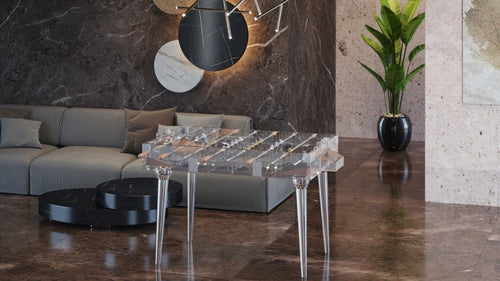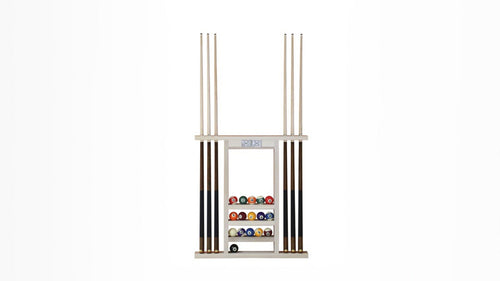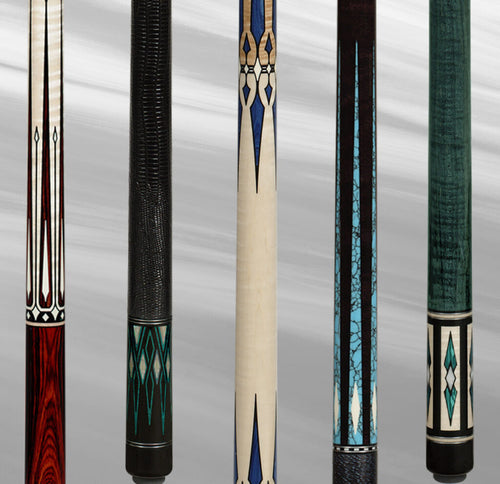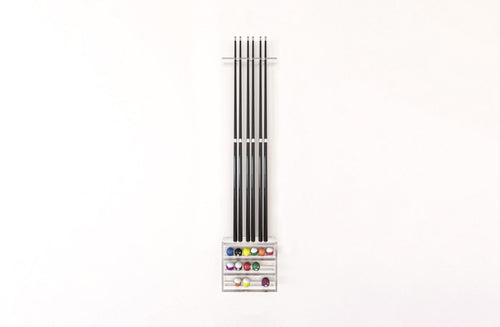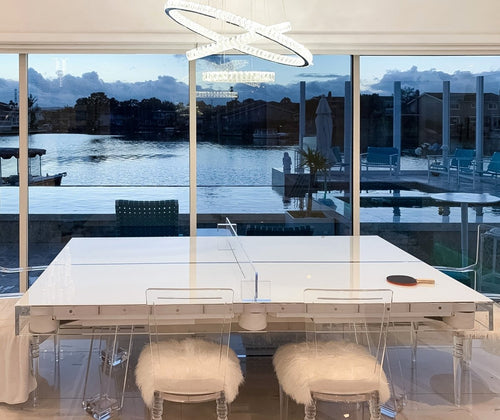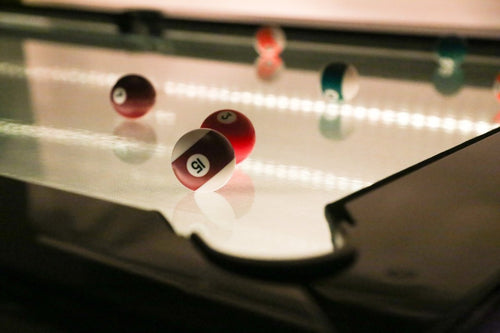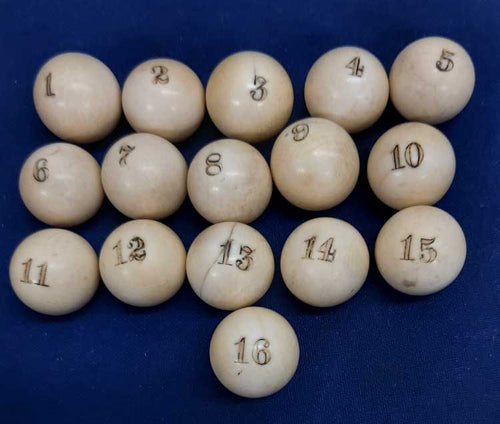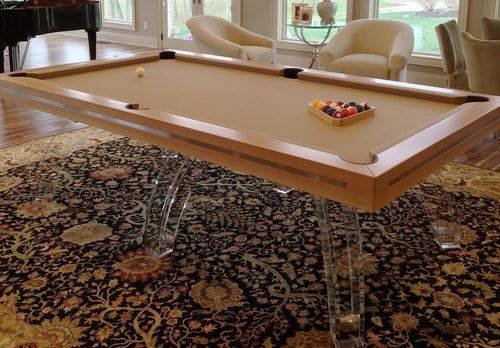Enjoy our modern designs
Mastering Flight Height in Table Tennis
Estimated Read Time: 4 mins |
Introduction
In table tennis, power and placement often steal the spotlight—but flight height is an equally potent tactical tool. By controlling how flat or arcing your ball travels, you dictate your opponent’s options, disrupt their timing, and set up winning attacks. Here’s how to leverage flight height to dominate rallies.
The Flat Principle: “Play Low, Win High”
- Flat shots hug the net and bounce low—your first line of defense against hard returns.
- Lower trajectory reduces the window for opponents to launch heavy smashes or looping topspins.
- Quick bounce cuts reaction time, forcing weak replies.
- Tactical mantra: Keep it flat whenever possible to neutralize attackers and seize initiative.
Timing Your Hit: Flight Phases & Stroke Choices
Where the ball meets your racket shapes its flight path and dictates your stroke selection:
-
Rising Phase (just after bounce):
- Height: Close to the table
- Ideal strokes: Blocks, counters, early topspins, short pushes
- Trajectory: Very flat, maximizing speed and low bounce
-
Peak Height (top of the arc):
- Height: Around shoulder level
- Ideal strokes: Smashes, hard topspins, flips, long aggressive pushes
- Trajectory: Slight arc—enough clearance over the net for power strokes
-
Falling Phase (ball dropping):
- Height: Descending toward the table
- Ideal strokes: Defensive lobs, mid-height topspins, backspin pushes
- Trajectory: Steeper arc to buy time or change rhythm
When to Arc: Tactical Elevation of Flight
- Disrupting blocks: Slow topspins with a slightly higher bounce get blocked “out” more often than flat bullets.
- Gaining recovery time: A mid-height topspin return lets you reset your stance after lunging wide.
- Attacking defenders: Against choppers, slow mid-height topspins land awkwardly, forcing weak returns.
- Spectacular lobs: High-looped defensive lobs keep you in the rally and can bait errors.
Practice Drills for Flight Mastery
- Flat topspin vs. block: Rally with a partner blocking; keep your topspin as flat as possible.
- Arc variation: Alternate low and mid-height topspins to mid-court; observe opponent responses.
- Recovery lob: Practice high lobs after simulated smashes; focus on depth and spin.
- Serve flight: Serve long pushes that barely clear the net; work on consistency and placement.
Conclusion
Flight height is more than an aesthetic choice—it’s a tactical lever. By mastering flat shots you deny your opponent’s offense; by selectively arcing the ball you create time, change the pace, and exploit defensive weaknesses. Integrate these strategies into your game to keep adversaries off balance and control the table from your very first stroke.

